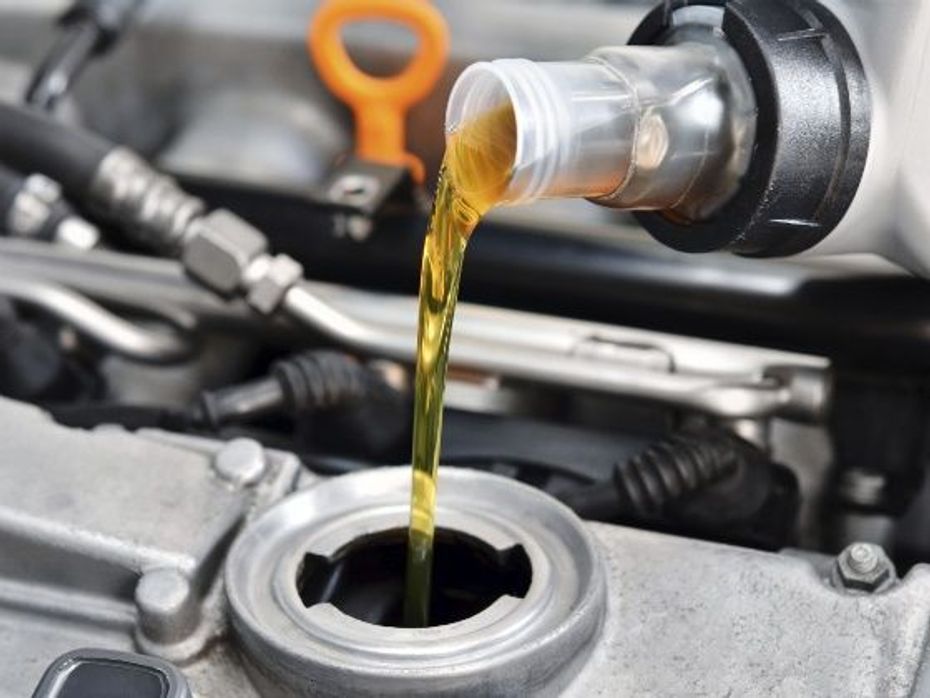Explore all New Cars of 2024
 In Pics: Features That Tata Curvv Will Get Over Maruti Grand Vitara
In Pics: Features That Tata Curvv Will Get Over Maruti Grand Vitara


Did you know that your car’s engine oil is possibly one of the most important fluids in your car? Apart from making a film of lubricant between the walls of the cylinder and the pistons, it also act as a guide for the crankshaft thereby actually running your engine’s basic mechanical components. Here’s a quick way of ensuring you are getting the most from the engine oil.
Check oil levels personally
Just as you get air or nitrogen filled in your car’s tyres regularly, it is crucial to check up on oil levels at least one a month. Drive your car for about 10 minutes or idle for about 15 minutes before you check the oil. Park your car on a flat surface and gently pull out your oil dipstick all the way. Take a clean cloth and wipe the oil off the dipstick. Put the oil dipstick back into its slot and pull it back out after a few seconds to check the level of oil. Ideally, the oil level should be at the full position dimple or very slightly over it when measured.
Using the right oil grade
A manufacturer always specifies what grade of engine oil one must use in any given car. It’s crucial to stick to this grade for optimum engine performance. Oil grades are conveyed with a number followed by a letter and then a number again like 15W40 or 10W20. The first number rates the oil's flow at 0 degrees Fahrenheit (-17.8 degrees Celsius). The lower the number here, the less it thickens in the cold. The "W" stands for winter and not weight as many people think and finally the number at the end indicates the oil's viscosity measured at 212 degrees Fahrenheit (100 degrees Celsius). This number represents the oil's resistance to thinning at high temperatures.
Common engine oil myths

Colour is a reflection of oil quality
Not true. Just because a certain brand of oil is red or gold in colour does not mean that one brand is superior to the other. The colour of oil is usually a pigment added to the oil compound that has no effect whatsoever on the performance of the engine or the act of lubrication in general.
Oil quality can be checked manually
Not really. Taking two drops of oil between your fingers and rubbing them against each other to feel whether the oil needs to be changed isn’t the most scientific way. Unless checked in a Tribology (study of oil) laboratory, no oil can be manually checked to know whether or not it has reached the end of its life cycle. It’s best to keep a track of your oil change intervals to get the best from the engine oil.
Over-filling oil is ok
Oil is a liquid. Liquids in the engine more than a specified value can and will enter the combustion chambers and result in a phenomenon called hydrostatic lock. Essentially, more oil in the engine can cause the pistons to lock up due to added pressures and cause catastrophic component failure in engine. So over-filling is as bad as under-filling.
India's largest automotive community